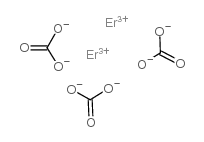Erbium(III) carbonate hydrate Suppliers
Total count: 1Updated Date: 2024-01-04 11:12:26

- China(Mainland)
- Contact: Yang
- Phone: 0086-021-52280163
- Email: sales@echemcloud.com
- Website: http://www.echemcloud.com
- Product Name: Erbium(III) carbonate hydrate
- Updated Date: 2024-07-15 12:33:56
- Purity: 99.9%
- More information
Inquiry
Erbium(III) carbonate hydrate
- CAS Number: 22992-83-2
- Molecular Formula: C3H2Er2O10
- Molecular Weight: 532.56000

Related product suppliers
Check more product suppliers